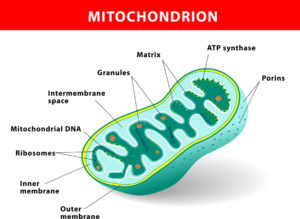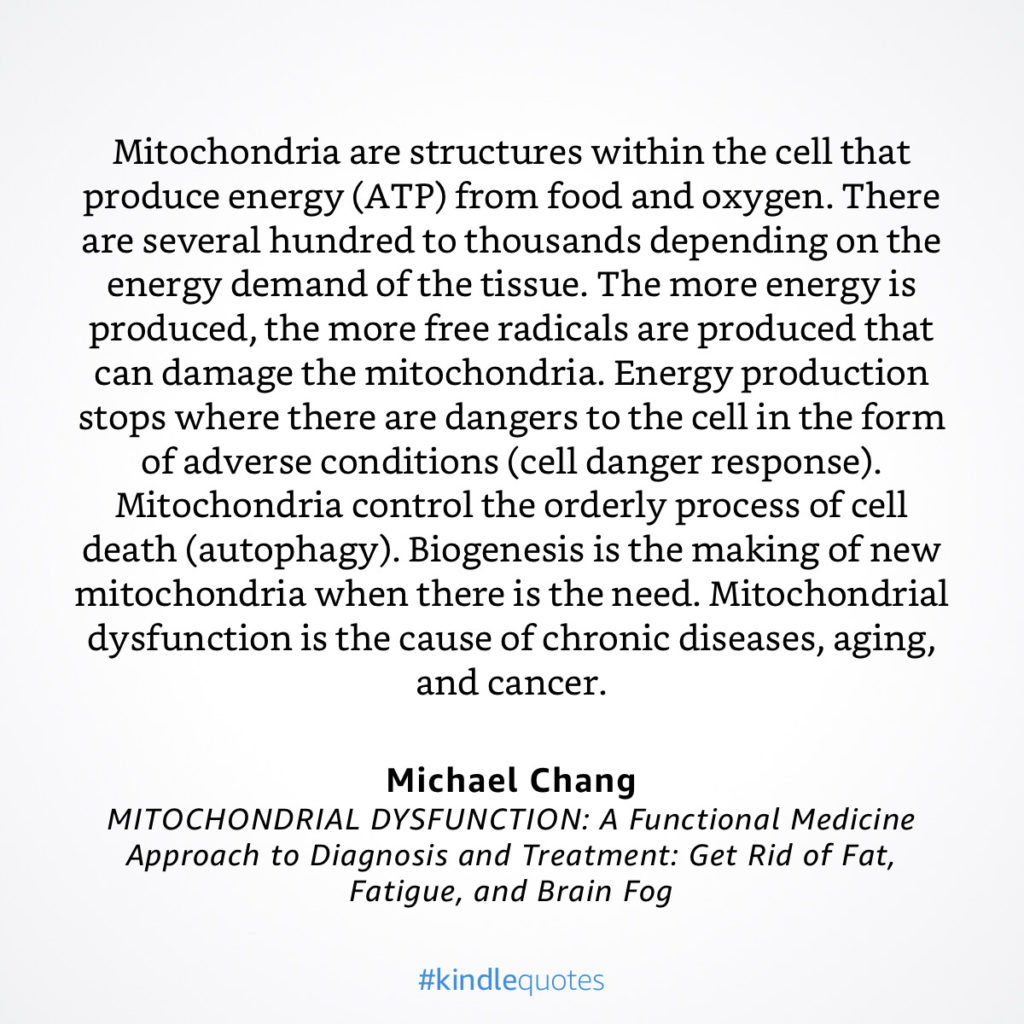 One of the things I noticed after turning 65 was a noticeable drop in energy. Have you noticed senior energy loss?
One of the things I noticed after turning 65 was a noticeable drop in energy. Have you noticed senior energy loss?
I used to be a whirling dervish in the mornings especially after a couple of mugs of coffee. Coupled with an ambitious, competitive drive, I prided myself on everything I could get done before noon. Not so anymore. I drink coffee, sit back, and relax. My big accomplishments stay in my head.
What happened to my get-up-and-go in only a few years? Why would my body lose energy just because I’m older? Psychologically, I’m still competitive and ambitious, but I hesitate to start things that I won’t finish because of loss of energy. What’s behind senior energy loss even when we are in good health?
The answers, my friends, are in our mitochondria. Bare with me if this post is a little sciencsy. I’ll try to explain senior mojo drain, muscle fatigue, and why we get brain fog.
What Are Mitochondria?
Mitochondria are organelles inside the cells that generate energy, in the form of adenosine triphosphate (ATP), a source of chemical energy. A mitochondrion is thus termed the powerhouse of the cell. Adenosine triphosphate (ATP) is a small molecule with phosphate, a high-energy bond that when broken provides energy for all the other reactions within the cell.
So the mitochondria’s purpose is to produce that energy. All the cells except red blood cells have mitochondria in varying quantities. Muscle has a lot of mitochondria, the liver does too, the kidney as well, and to a certain extent, the brain, which lives off of the energy those mitochondria produce.
Recall that our brains, while representing only 2 percent of the volume require 20 percent of the body’s energy resources.
Mitochondria and Aging Brains
Unfortunately for seniors, like so many other things in the body, the number and quality of mitochondria decreases with age. Loss of mojo? Blame it on your mitochondria.
These organelles are thought to be at the root of aging, cancer, and a number of chronic diseases. Here’s what author Dr. Michael Chang writes in his book, Mitochondrial Dysfunction:

Other Symptoms of Mitochondrial Dysfunction
According to Dr. Chang, the mitochondria are involved in other functions (immune, cellular recycling, calcium storage, cholesterol and neurotransmitter metabolism, free radical production) besides energy production. Therefore when there is dysfunction of the mitochondria, symptoms show up over a wide spectrum. Here are some of the symptoms that result from mitochondrial dysfunction:
- Non-specific: fatigue
- Sleep disturbances
- Decreased endurance
- Mood swings
- Muscle and joint pain
Frankly, those are things many seniors experience daily! Later, with continued dysfunction, symptoms include severe fatigue, brain fog, anxiety, and depression. With continued mitochondrial dysfunction degenerative conditions may appear:
- Cardiac and respiratory problems
- Diabetes
- Heart disease
- Neurodegenerative disease
- Cancer
- Chronic fatigue syndrome
- Fibromyalgia
- Loss of stem cells
I’ll skip over the chemical pathways that occur when mitochondria make energy from food. There are many chemical reactions and they are complicated. Nevertheless, the steps to boost your mitochondrial health are simple and accessible to everyone.
How to Combat Senior Energy Loss
Some health tips that can boost your mitochondrial health you already know about, and hopefully, you are already practicing them (regular exercise, nutritional eating, quality sleep.)
Others I read about in Dr. Chang’s Mitochondrial Dysfunction book. It’s not the first time I’ve read about the dangers to healthy cells coming from toxins, pollution, electrical magnetic waves and blue light from devices. But now I’m paying more attention to their presence. We live in a modern world rife with threats to the health of our cells and mitochondria.
I’ll save these preventative tips for the next post, stay tuned.

Recent Comments